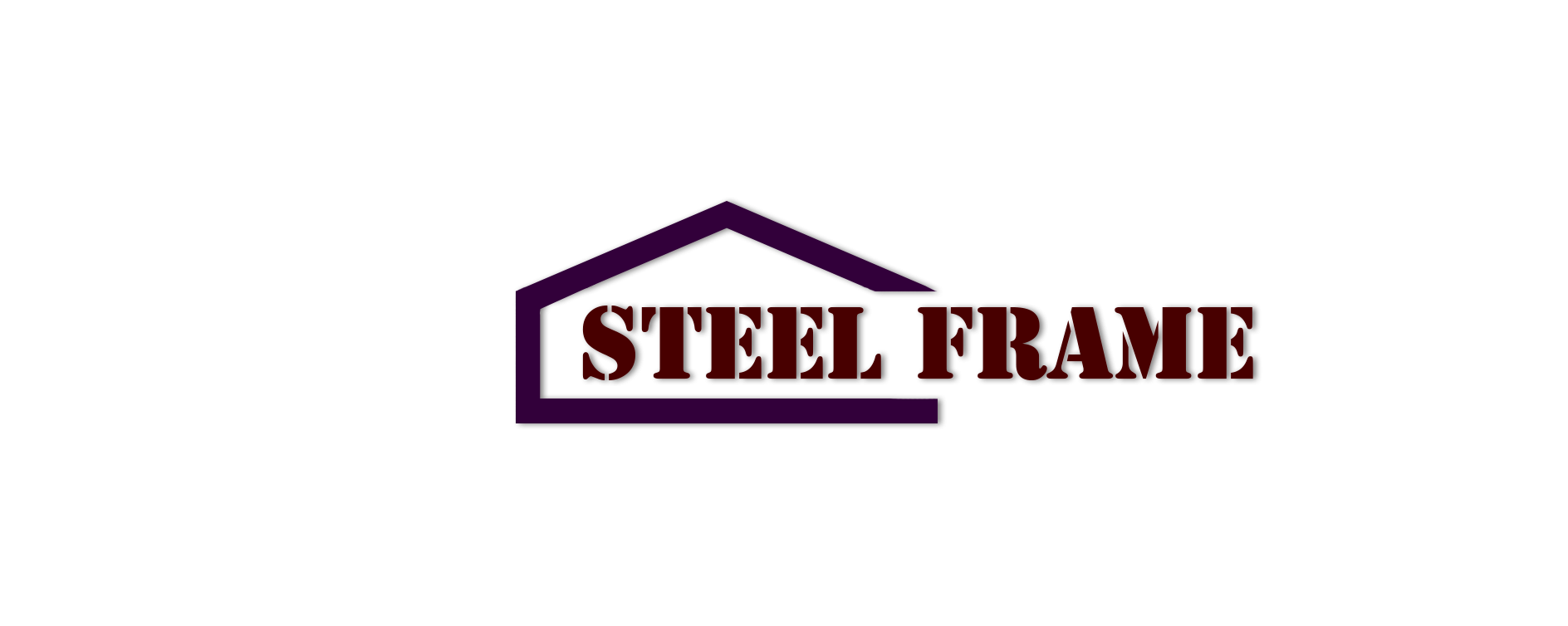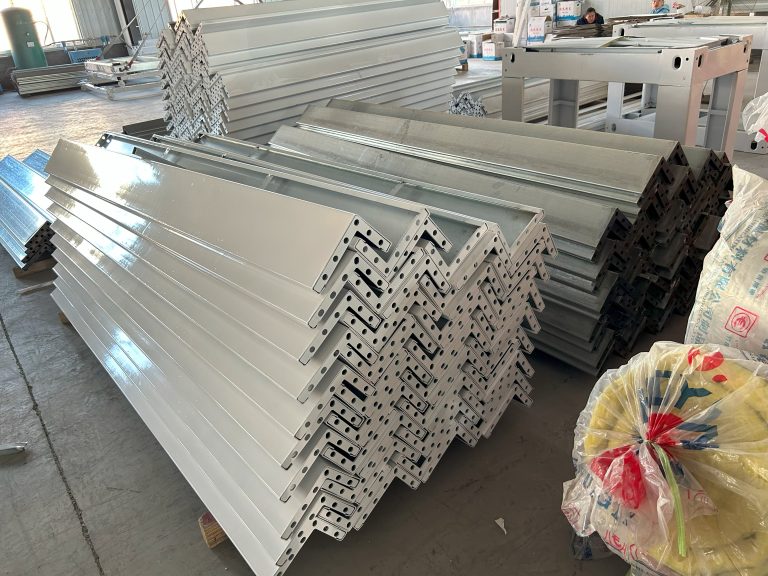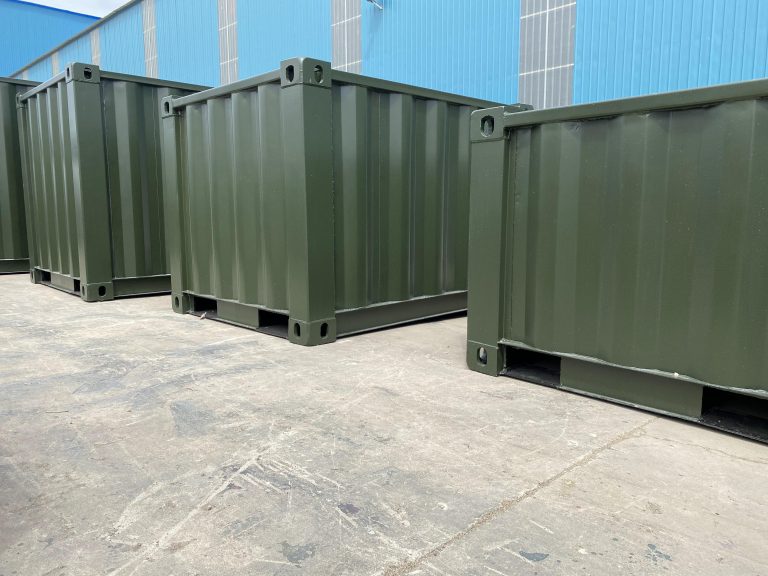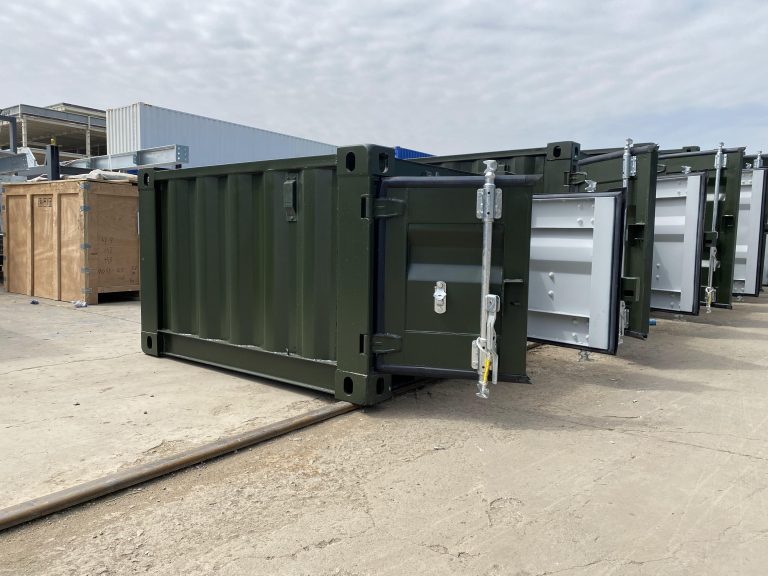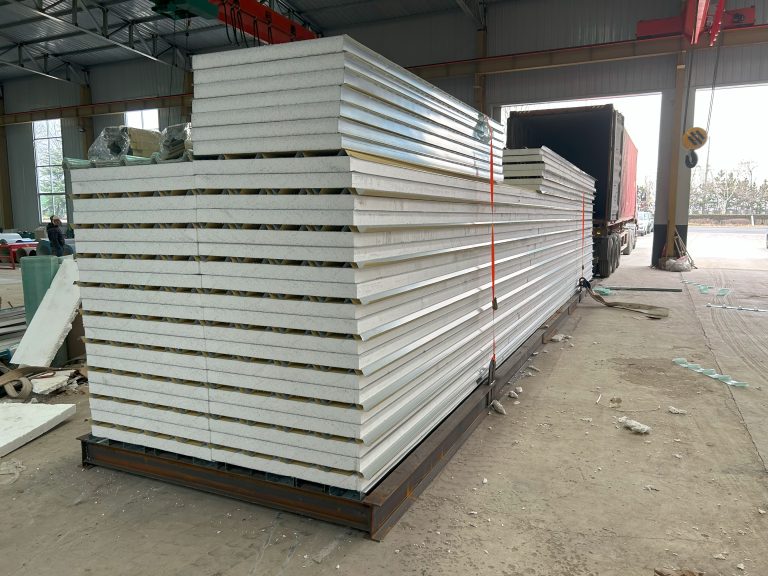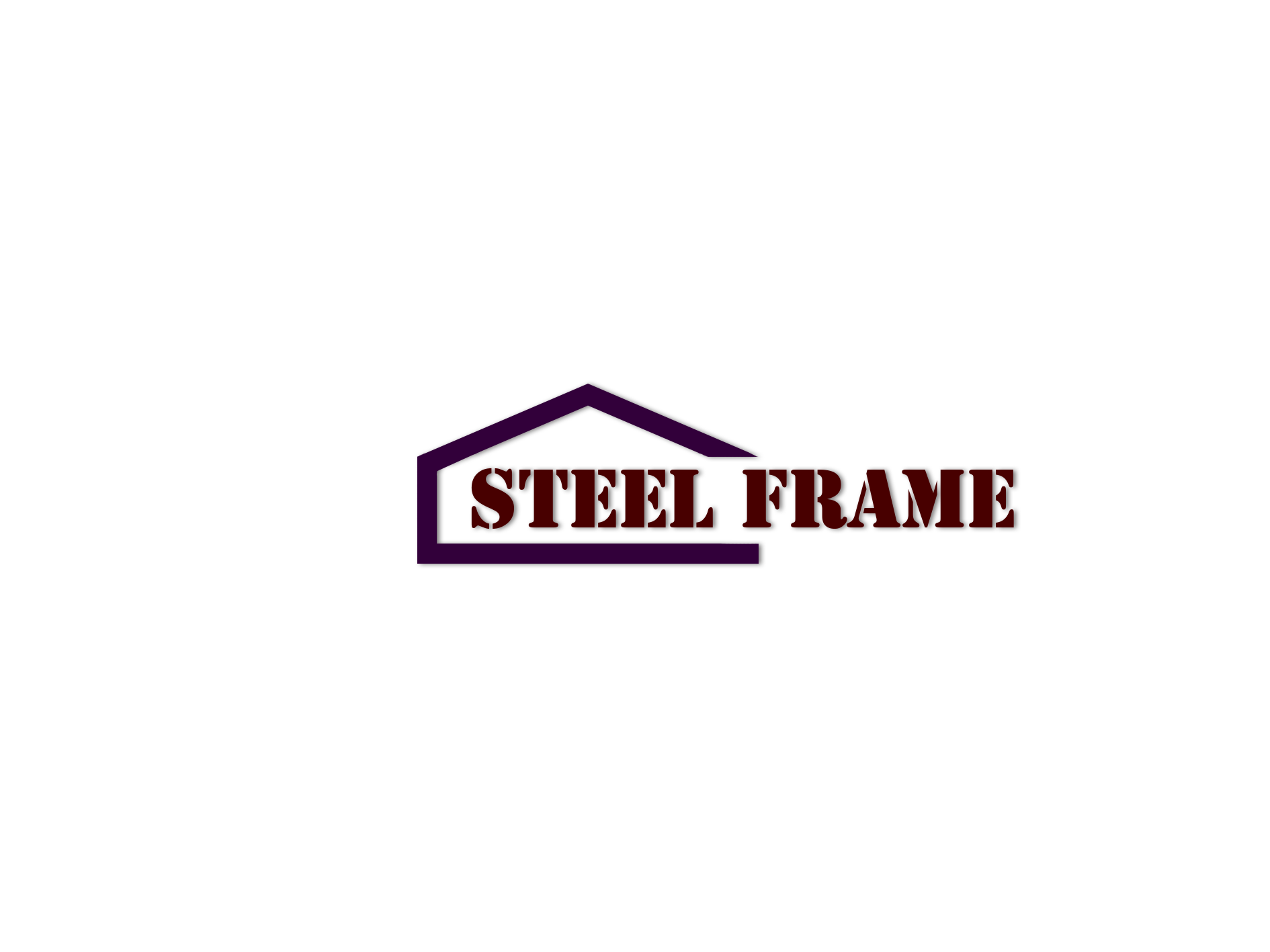Container house smart home system integration with user-friendly interface
Inhoudsopgave
Benefits of Integrating Container House with Smart Home System
Container houses have gained popularity in recent years due to their affordability, sustainability, and versatility. These homes are constructed using repurposed shipping containers, making them an eco-friendly housing option. One of the key advantages of container houses is their adaptability to smart home technology, allowing homeowners to control various aspects of their living space with ease.
Integrating a container house with a smart home system offers numerous benefits to homeowners. One of the primary advantages is the convenience it provides. With a smart home system, homeowners can control lighting, temperature, security, and other home functions from a single interface. This level of automation simplifies daily tasks and enhances the overall living experience.
Moreover, integrating a container house with a smart home system can lead to increased energy efficiency. Smart thermostats can regulate heating and cooling systems based on occupancy and weather conditions, reducing energy consumption and lowering utility bills. Additionally, smart lighting systems can adjust brightness levels and turn off lights in unoccupied rooms, further saving energy.

Another benefit of integrating a container house with a smart home system is enhanced security. Smart home technology allows homeowners to monitor their property remotely through security cameras and sensors. In the event of a security breach, homeowners receive real-time alerts on their smartphones, enabling them to take immediate action. This added layer of security provides peace of mind to homeowners, especially when they are away from home.
Furthermore, integrating a container house with a smart home system can improve the overall comfort and convenience of living in a small space. Smart home technology can optimize space utilization by automating furniture arrangements and storage solutions. For example, motorized furniture can be controlled remotely to create additional living space when needed. This level of customization enhances the functionality of a container house and makes it a more comfortable living environment.
In addition to convenience, energy efficiency, security, and comfort, integrating a container house with a smart home system can also increase the resale value of the property. Smart home technology is a desirable feature for many homebuyers, as it offers modern conveniences and energy-saving benefits. By investing in a smart home system, homeowners can attract potential buyers and command a higher selling price for their container house.
Overall, integrating a container house with a smart home system offers a wide range of benefits to homeowners. From convenience and energy efficiency to security and comfort, smart home technology enhances the living experience in a container house. By investing in a smart home system, homeowners can enjoy a more sustainable, efficient, and secure living environment while increasing the resale value of their property. Container houses with smart home integration truly represent the future of modern living.
How to Design a User-Friendly Interface for Container House Smart Home Integration
Container houses have become increasingly popular in recent years due to their affordability, sustainability, and versatility. With the rise of smart home technology, many container house owners are looking to integrate these systems into their homes for added convenience and efficiency. However, designing a user-friendly interface for container house smart home integration can be a daunting task. In this article, we will discuss some key considerations and best practices for creating a seamless and intuitive user experience.
One of the first things to consider when designing a user-friendly interface for container house smart home integration is the layout and organization of the system. It is important to create a clear and intuitive navigation structure that allows users to easily access and control all aspects of their smart home system. This can be achieved through the use of tabs, menus, and icons that are logically grouped and labeled.
In addition to the layout, the visual design of the interface is also crucial in creating a user-friendly experience. It is important to use a clean and modern design that is visually appealing and easy to read. Colors should be used sparingly and strategically to highlight important information and actions. Icons and buttons should be large enough to be easily tapped or clicked on, and text should be legible and concise.
Another important consideration when designing a user-friendly interface for container house smart home integration is the responsiveness of the system. Users expect a seamless and fast experience when interacting with their smart home system, so it is important to optimize the interface for speed and performance. This can be achieved through the use of efficient coding practices, caching mechanisms, and responsive design techniques.
When it comes to functionality, simplicity is key. The interface should be designed in a way that minimizes the number of steps required to perform common tasks. For example, users should be able to adjust the temperature, turn on lights, and lock doors with just a few taps or clicks. It is also important to provide clear feedback and confirmation messages to let users know that their actions have been successfully completed.
Integration with other smart home devices and systems is another important aspect to consider when designing a user-friendly interface for container house smart home integration. The interface should be able to communicate with a wide range of devices, such as thermostats, cameras, and security systems, to provide a seamless and integrated user experience. This can be achieved through the use of APIs, protocols, and standards that allow for easy communication between different devices.
In conclusion, designing a user-friendly interface for container house smart home integration requires careful planning and attention to detail. By focusing on layout, visual design, responsiveness, functionality, and integration, you can create a seamless and intuitive user experience that enhances the overall smart home experience for container house owners. With the right design principles and best practices in place, you can create a user-friendly interface that makes controlling and monitoring your smart home system a breeze.
